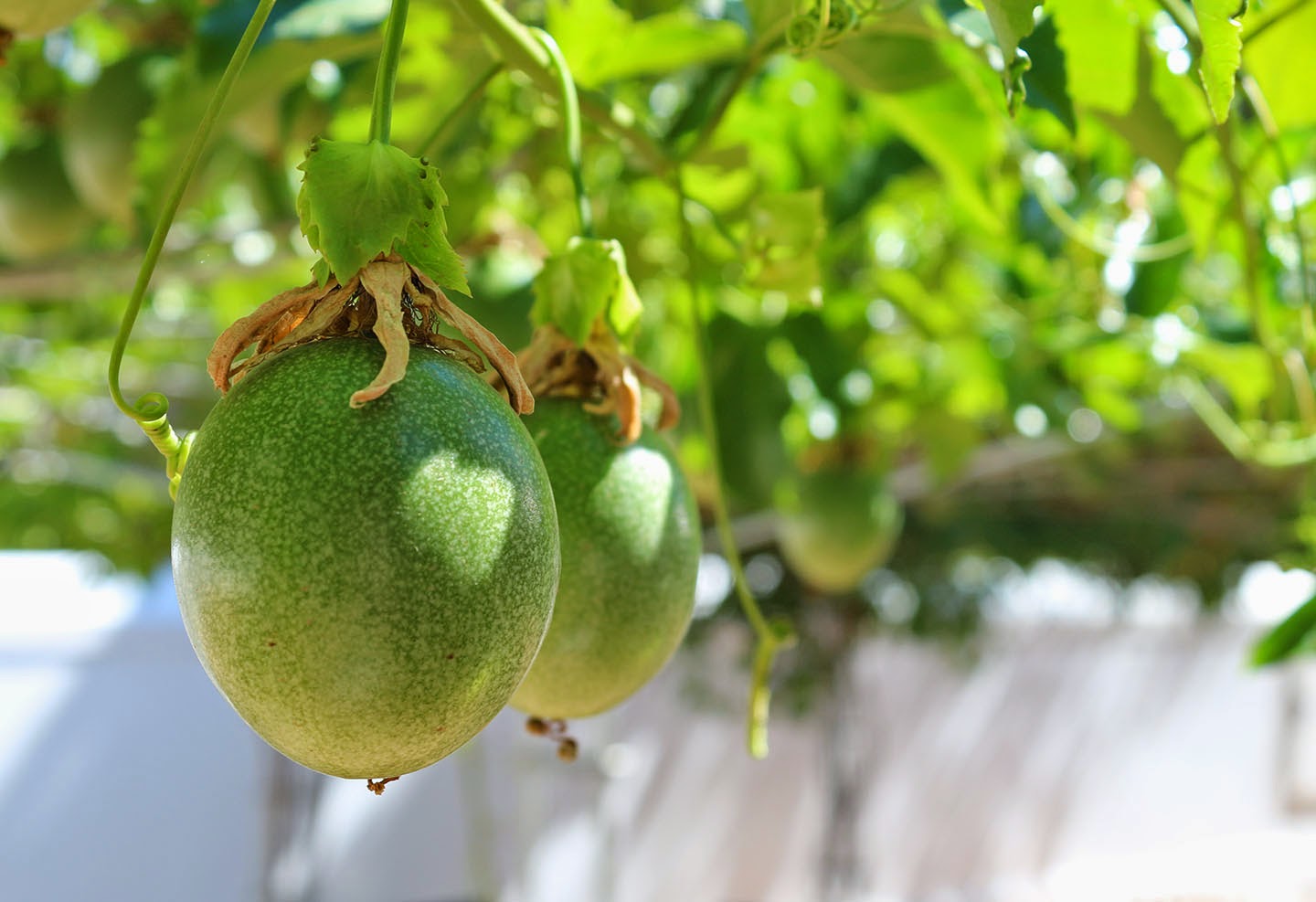A walk up
the burned mountain started with an unexpected stand of March lilies -
Amaryllis belladonna - seen by most Capetonians growing in parched freeway medians at this time of year, or
after fire on mountain slopes. (They are not hard to cultivate - my mother has many in bloom in her garden right now; they respond to being ignored and unwatered all summer, when the flowers appear out of nowhere, before leaves, a phenomenon known as hysteranthy.)
Within a minute or two we were in the earliest part of the burn that began on March 1st.
Without its
usual green camouflage [click the link to see the same spot, unburned], the sandy nature of the fynbos growing medium was exposed to a lunar degree.
Bracken had begun to appear.
And grass blades.
And green daggers - possibly a watsonia.
The path up, stepped steeply in Table Mountain sandstone, led us from a hot afternoon into the cloud, helped by a roaring and cold wind. Ears began to hurt, and heads were wrapped in sundry borrowed scarves. I hauled out a hooded rain jacket. One walker headed down to warmer climes. (Remember to pack for this mountain, whose weather moods turn on a dime).
(The path down - same path - was...mad. I followed, kind of, the botanist and birder who charged down like
klipspringers on energy drinks. I am now deeply aware of my quadriceps.)
Marijke spotted this bowl - the sandstone up here is beautifully and often weirdly sculpted.
And, at last, spied on an ashy slope:
The fire lilies we had hoped to find.
So red.
The wind and flying grit made photography a challenge, but the experience was exceptional.
Cyrtanthus ventricosus only blooms after fire.
It will not be seen again unless it burns again. They were last observed here 15 years ago.
And then we turned back, and began that goat-like descent.
Finding the world below - almost - as we had left it.




















































